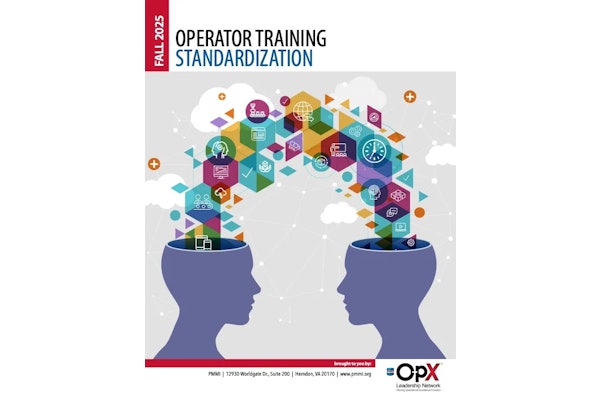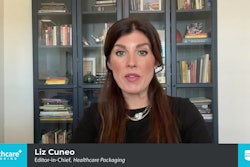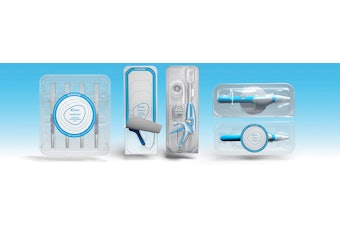For medical device manufacturers, real-time aging of packaging to establish shelf life is the most accurate means of determining the effects of aging on materials—but it isn't the most feasible for bringing new products to market. Time spent sitting on the shelf could prevent lifesaving devices from helping patients in need—or it could render the device obsolete before it reaches the market.
At a recent Medical Design & Manufacturing conference in Minneapolis, Pat Nolan, DDL, discussed key points and revisions pertaining to ASTM F1980, "Standard Guide for Accelerated Aging of Sterile Medical Device Packaging," and why real-time aging is still a necessity:
• Accelerated Aging test parameters are based on the Q10 thermodynamic temperature coefficient (Arrhenius Theory). A higher Q10 accelerates test times: 2.0 is the most common, 1.8 is used for ophthalmic products.
• Temperatures between 45° and 55° C are considered optimum for a credible protocol. Temperatures above 55° C are not recommended as they could lead to material degradation.
• Revisions to F1980 suggest that environmental extreme studies are beyond the scope of the guidance and should be left as a separate protocol.
• Humidity is not essential for the aging process, but may provide additional stress to the package system. New guidance will be provided in revised F1980 that allows extreme humidity.
• The tolerance on the mean in relation to the nominal value shall be ±2° C and ±2% RH. Since this is an estimate of shelf life, a short spike in these measurements does not mean that the study is out of tolerance. The revision will provide additional guidance for test parameter tolerances.
• Accelerated aging programs are based on conditions that simulate the effects of aging on materials. Therefore, shelf life measurement is, by nature, imprecise.
• Accelerated aging does not preclude the performance of real-time aging tests. The creation of an expiration date represents an estimate of shelf life and is tentative until the results of real-time aging studies are completed on the product/package combination.
Kassandra Kania is a freelance writer based in Charlotte, NC. She has covered healthcare packaging for several years, most recently as a trade publication editor.
--By Kassandra Kania
At a recent Medical Design & Manufacturing conference in Minneapolis, Pat Nolan, DDL, discussed key points and revisions pertaining to ASTM F1980, "Standard Guide for Accelerated Aging of Sterile Medical Device Packaging," and why real-time aging is still a necessity:
• Accelerated Aging test parameters are based on the Q10 thermodynamic temperature coefficient (Arrhenius Theory). A higher Q10 accelerates test times: 2.0 is the most common, 1.8 is used for ophthalmic products.
• Temperatures between 45° and 55° C are considered optimum for a credible protocol. Temperatures above 55° C are not recommended as they could lead to material degradation.
• Revisions to F1980 suggest that environmental extreme studies are beyond the scope of the guidance and should be left as a separate protocol.
• Humidity is not essential for the aging process, but may provide additional stress to the package system. New guidance will be provided in revised F1980 that allows extreme humidity.
• The tolerance on the mean in relation to the nominal value shall be ±2° C and ±2% RH. Since this is an estimate of shelf life, a short spike in these measurements does not mean that the study is out of tolerance. The revision will provide additional guidance for test parameter tolerances.
• Accelerated aging programs are based on conditions that simulate the effects of aging on materials. Therefore, shelf life measurement is, by nature, imprecise.
• Accelerated aging does not preclude the performance of real-time aging tests. The creation of an expiration date represents an estimate of shelf life and is tentative until the results of real-time aging studies are completed on the product/package combination.
Kassandra Kania is a freelance writer based in Charlotte, NC. She has covered healthcare packaging for several years, most recently as a trade publication editor.
--By Kassandra Kania


















